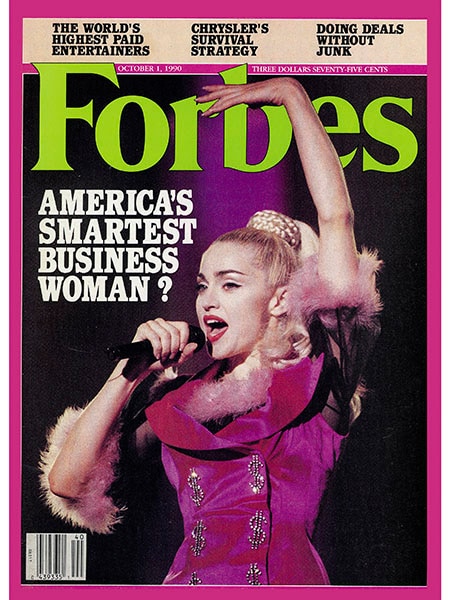
Forbes @ 100: The feminist mystique
From mansplaining sexism in the workplace to leaning in, a brief history of women in Forbes

The first issue of Forbes boasted a “unique department” on its cover. “The Woman in Business” would be a regular section edited by Marian R Glenn, who had come from the American Bankers’ Association and was one of two women with a byline in that volume.
The magazine was stunningly progressive in those early years, employing women journalists to profile female business leaders before any of them had the right to vote. Many of the issues addressed in those pages still feel relevant, especially sexism in the office. A 1918 issue was particularly prescient, with a book review of a how-to called The Ambitious Woman in Business. The writer winkingly noted that “many men would do well to read” it.
A year later, the magazine featured an interview with Virginia Potter, cofounder of the 15,000-member National League of Women Workers. “The old prejudices are being rapidly side-tracked,” she said of women entering the workforce in 1919. “Women will go on and on making not only a name for themselves in the business they have undertaken but adding to the improvement of the country of their birth or of their adoption.” Of course, not every edition was strewn with yellow roses and suffragette sashes. (“Do Women Keep Their Word?” asked an accusatory headline in 1917.)
By 1943, women finally appeared on the cover for the first time—in a story on real-life Rosie the Riveters in denim overalls and hard hats, addressing the concerns of “post-war feminine breakdowns”. And as the years progressed, while women were occasionally the focus of features—women’s lib as an arbiter of fashion in 1971, for instance—it wasn’t until October 1990 that a solo female entrepreneur graced the cover of Forbes: Madonna, with rhinestone dollar signs glinting off her hot-pink costume. “America’s Smartest Business Woman?” asked the headline. (Apparently the magazine didn’t think the field was that expansive—just three years prior, a cover line heralded Forbes’s ranking of “the 797 most powerful men and 3 most powerful women in corporate America”.)
Gender balance in Forbes’s pages soon improved in tandem with the rise of women in the boardroom. The World’s 100 Most Powerful Women list launched in 2004, with then-national security advisor Condoleezza Rice at No 1. This past decade has seen business leaders and entrepreneurs as varied as General Motors’ Mary Barra, the Honest Company’s Jessica Alba and entertainment mogul Oprah Winfrey on the cover. In 2015, Forbes started tracking the fortunes of America’s Richest Self-Made Women, and every year the magazine’s reporters find a few more ultra-wealthy women who have managed to strike it rich in worlds that would no doubt please Marian Glenn.
X




